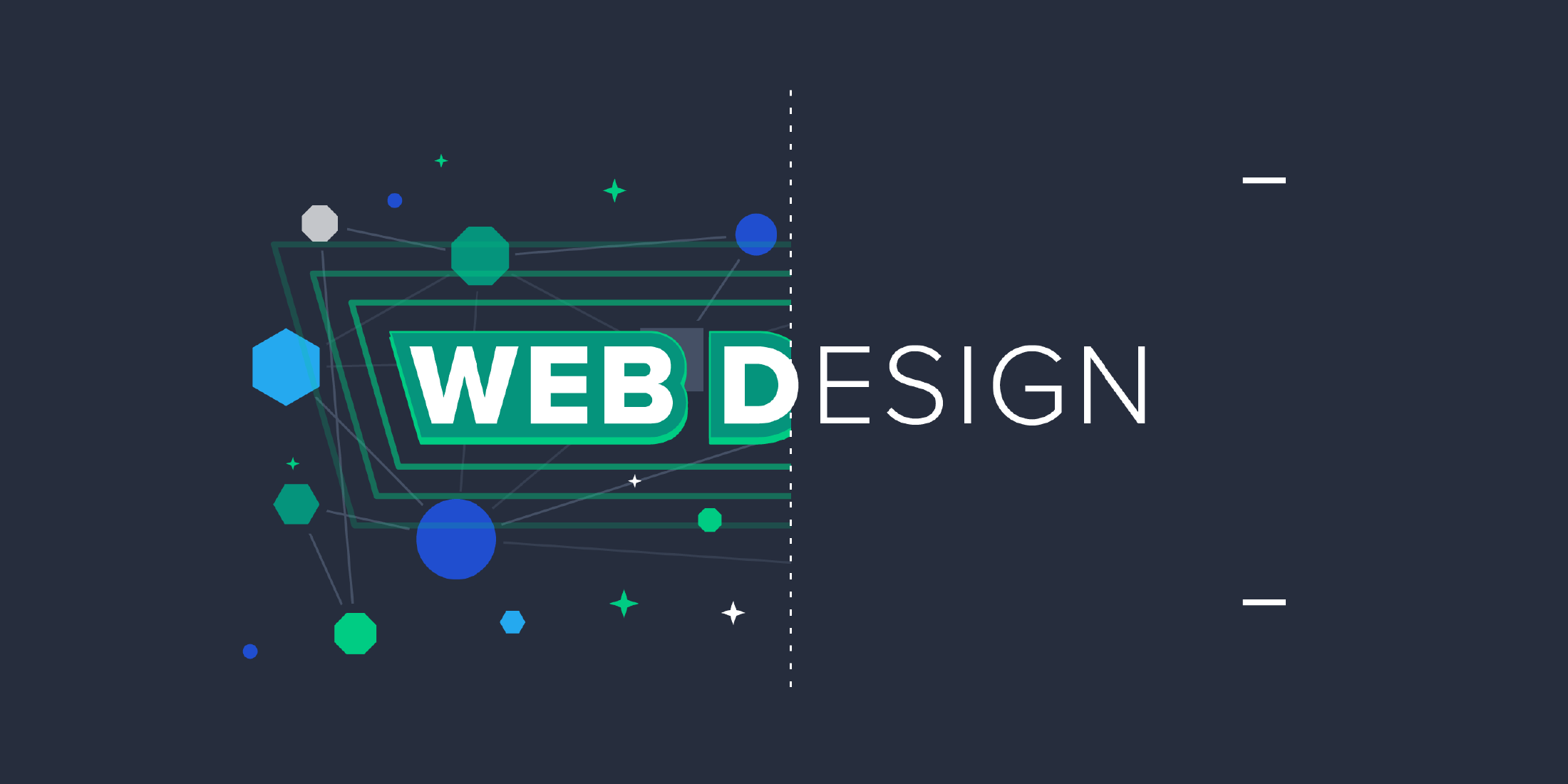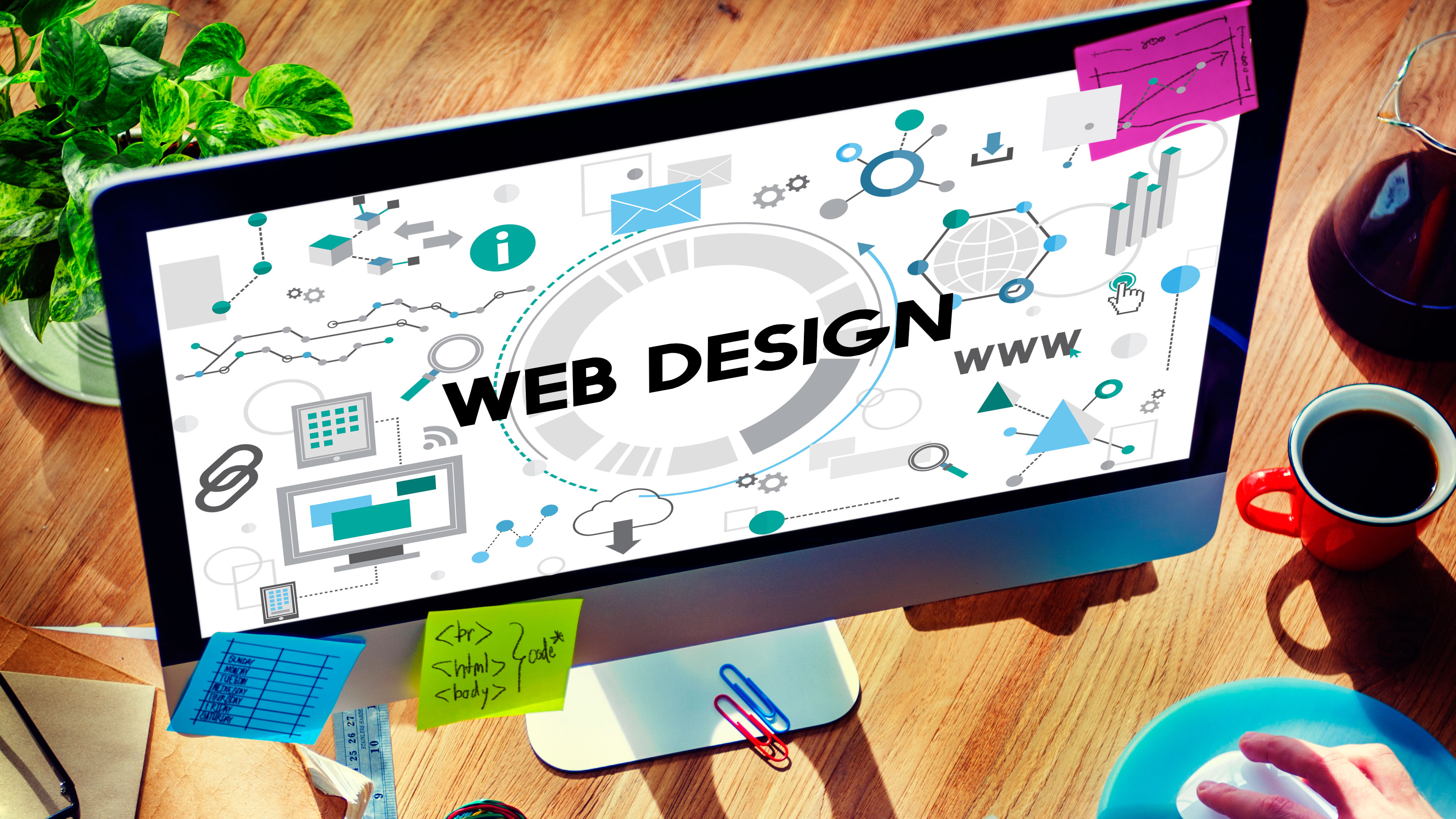All Categories
Featured
Table of Contents
- – Responsive Web Design Certification - Freecode...
- – Sustainable Web Design: Home Tips and Tricks:
- – Web Design Certificate - Web Development Cert...
- – Web Design Services - Networksolutions.com Ti...
- – $899 - Custom Mobile Friendly Website Design ...
- – Web Design And Engineering Major - Santa Clar...
- – Web Design Services By Freelance Website Des...
- – Design Principles - U.s. Web Design System (...
- – Learn Web Design With Online Courses, Classe...
- – Web Design Services By Freelance Website Des...
- – Responsive Design Best Practices - Google Se...
Responsive Web Design Certification - Freecodecamp.org Tips and Tricks:
Quick summary Usability and the utility, not the visual design, determine the success or failure of a site. Considering that the visitor of the page is the only person who clicks the mouse and therefore chooses everything, user-centric style has actually developed as a basic approach for effective and profit-oriented website design - web design frederick md.
and the utility, not the visual style, figure out the success or failure of a site. Given that the visitor of the page is the only person who clicks the mouse and for that reason chooses everything, user-centric design has become a basic technique for successful and profit-oriented web design. After all, if users can't use a feature, it might too not exist.
g. where the search box need to be placed) as it has currently been carried out in a number of short articles; instead we concentrate on the methods which, used properly, can lead to more sophisticated design choices and streamline the procedure of viewing provided information. Please notice that you may be thinking about the usability-related articles we've released before: Principles Of Good Site Style And Efficient Web Design Standards, In order to use the concepts properly we initially need to understand how users communicate with sites, how they believe and what are the fundamental patterns of users' habits.
Sustainable Web Design: Home Tips and Tricks:
Visitors glance at each new page, scan some of the text, and click on the very first link that captures their interest or slightly resembles the important things they're looking for. In reality, there are big parts of the page they do not even take a look at. Many users search for something fascinating (or helpful) and clickable; as quickly as some promising candidates are discovered, users click.
If a page offers users with high-quality material, they want to jeopardize the content with advertisements and the style of the website. This is the reason why not-that-well-designed sites with top quality content acquire a great deal of traffic over years. Content is more crucial than the design which supports it.

Users don't read, they scan. Notification how "hot" locations abrupt in the middle of sentences. This is common for the scanning process. Really basic principle: If a website isn't able to meet users' expectations, then designer failed to get his job done appropriately and the company loses money. The higher is the cognitive load and the less instinctive is the navigation, the more ready are users to leave the website and search for alternatives.
Web Design Certificate - Web Development Certificate Program Tips and Tricks:
Neither do they scan web page in a direct style, going sequentially from one website section to another one. Instead users satisfice; they select the first sensible alternative. As quickly as they discover a link that appears like it might lead to the goal, there is a very great chance that it will be immediately clicked.
It does not matter to us if we understand how things work, as long as we can use them. If your audience is going to act like you're designing signboard, then design fantastic signboards." Users want to have the ability to manage their browser and rely on the constant data presentation throughout the site.
If the navigation and website architecture aren't intuitive, the number of concern marks grows and makes it harder for users to comprehend how the system works and how to get from point A to point B. A clear structure, moderate visual hints and easily recognizable links can help users to find their path to their aim.
Web Design Services - Networksolutions.com Tips and Tricks:

Considering that users tend to check out websites according to the "F"-pattern, these three declarations would be the first elements users will see on the page once it is packed. The style itself is simple and instinctive, to comprehend what the page is about the user requires to browse for the response.
When you have actually accomplished this, you can interact why the system works and how users can benefit from it. People won't utilize your website if they can't discover their way around it. 2. Do Not Squander Users' Patience, In every project when you are going to use your visitors some service or tool, attempt to keep your user requirements minimal.
Novice visitors are willing to, not filling long web types for an account they might never ever utilize in the future. Let users explore the site and find your services without forcing them into sharing private information. It's not reasonable to require users to enter an e-mail address to test the feature.
$899 - Custom Mobile Friendly Website Design By Go Web ... Tips and Tricks:
Stikkit is an ideal example for an user-friendly service which needs practically absolutely nothing from the visitor which is unobtrusive and reassuring. Which's what you want your users to feel on your web website. Obviously, Mite needs more. The registration can be done in less than 30 seconds as the form has horizontal orientation, the user doesn't even require to scroll the page.
A user registration alone is sufficient of an obstacle to user navigation to reduce incoming traffic. 3. Handle To Focus Users' Attention, As sites provide both static and dynamic material, some elements of the interface draw in attention more than others do. Undoubtedly, images are more eye-catching than the text simply as the sentences marked as vibrant are more attractive than plain text.
Focusing users' attention to particular locations of the website with a moderate usage of visual components can help your visitors to get from point A to point B without thinking about how it in fact is supposed to be done. The less enigma visitors have, the they have and the more trust they can develop towards the business the website represents.
Web Design And Engineering Major - Santa Clara University Tips and Tricks:
4. Pursue Function Direct exposure, Modern website design are normally criticized due to their method of assisting users with visually appealing 1-2-3-done-steps, big buttons with visual results etc. From the design viewpoint these components really aren't a bad thing. On the contrary, such as they lead the visitors through the site content in a really simple and easy to use method.
The site has 9 primary navigation choices which are noticeable at the very first look. What matters is that the material is well-understood and visitors feel comfy with the method they connect with the system.
com gets directly to the point. No charming words, no exaggerated statements. Rather a cost: simply what visitors are looking for. An optimum solution for efficient writing is touse brief and succinct phrases (come to the point as rapidly as possible), use scannable design (categorize the content, utilize multiple heading levels, use visual aspects and bulleted lists which break the flow of consistent text blocks), use plain and unbiased language (a promotion does not require to seem like ad; provide your users some sensible and objective reason they must utilize your service or remain on your site)6.
Web Design Services By Freelance Website Designers - Fiverr Tips and Tricks:
Users are hardly ever on a website to enjoy the design; additionally, in many cases they are looking for the details despite the style - web design frederick md. Strive for simpleness rather of complexity. From the visitors' viewpoint, the very best site style is a pure text, with no advertisements or further content obstructs matching precisely the question visitors utilized or the content they've been looking for.
Finch plainly provides the information about the site and offers visitors an option of alternatives without overcrowding them with unnecessary material. 7. Don't Be Scared Of The White Area, Actually it's actually difficult to overestimate the significance of white space. Not only does it assist to for the visitors, but it makes it possible to perceive the info provided on the screen.
Complex structures are more difficult to read, scan, examine and deal with. If you have the option in between separating two style segments by a noticeable line or by some whitespace, it's normally much better to use the whitespace option. (Simon's Law): the better you handle to supply users with a sense of visual hierarchy, the easier your content will be to perceive.
Design Principles - U.s. Web Design System (Uswds) Tips and Tricks:
The exact same conventions and rules need to be applied to all elements.: do the most with the least amount of hints and visual elements. Clarity: all parts should be created so their meaning is not uncertain.
Conventions Are Our Friends, Conventional design of website aspects doesn't result in a dull website. In reality, as they minimize the discovering curve, the requirement to find out how things work. For circumstances, it would be a functionality problem if all websites had different visual discussion of RSS-feeds. That's not that different from our regular life where we tend to get used to basic concepts of how we arrange information (folders) or do shopping (placement of items).
understand what they're anticipating from a website navigation, text structure, search positioning etc. A common example from functionality sessions is to translate the page in Japanese (presuming your web users don't know Japanese, e. g. with Babelfish) and offer your usability testers with a task to discover something in the page of different language.
Learn Web Design With Online Courses, Classes, & Lessons Tips and Tricks:
Test Early, Test Often, This so-called TETO-principle needs to be applied to every web style job as functionality tests typically provide into considerable issues and concerns related to a given layout. Test not too late, not too little and not for the wrong reasons.
Some crucial points to remember: according to Steve Krug, and screening one user early in the project is much better than screening 50 near the end. Accoring to Boehm's very first law, errors are most frequent during requirements and style activities and are the more costly the later they are removed.
That indicates that you design something, test it, repair it and then check it again. There might be issues which have not been found throughout the very first round as users were practically obstructed by other problems.
Web Design Services By Freelance Website Designers - Fiverr Tips and Tricks:

This holds for designers also. After you've worked on a site for few weeks, you can't observe it from a fresh viewpoint any longer. You know how it is constructed and therefore you know precisely how it works you have the wisdom independent testers and visitors of your site would not have.
It can be linked to other locations such as graphic style, user experience, and multimedia arts, but is more appropriately seen from a technological standpoint. It has actually ended up being a large part of individuals's everyday lives. It is difficult to envision the Web without animated graphics, various styles of typography, background, videos and music.

Throughout 1991 to 1993 the World Wide Web was born. Text-only pages could be seen using a simple line-mode browser. There had been no integrated technique to graphic design components such as images or sounds.
Responsive Design Best Practices - Google Search Central Tips and Tricks:
The W3C was developed in October 1994 to "lead the World Wide Web to its complete capacity by developing typical procedures that promote its advancement and ensure its interoperability." This prevented any one business from monopolizing a propriety web browser and programs language, which might have altered the impact of the Internet as a whole.
As this has taken place the technology of the web has actually likewise moved on. There have likewise been substantial changes in the method individuals use and access the web, and this has changed how sites are created.
Learn more about Lovell Media Group LLC or TrainACETable of Contents
- – Responsive Web Design Certification - Freecode...
- – Sustainable Web Design: Home Tips and Tricks:
- – Web Design Certificate - Web Development Cert...
- – Web Design Services - Networksolutions.com Ti...
- – $899 - Custom Mobile Friendly Website Design ...
- – Web Design And Engineering Major - Santa Clar...
- – Web Design Services By Freelance Website Des...
- – Design Principles - U.s. Web Design System (...
- – Learn Web Design With Online Courses, Classe...
- – Web Design Services By Freelance Website Des...
- – Responsive Design Best Practices - Google Se...
Latest Posts
Web Design Services - Verizon Small Business Essentials Tips and Tricks:
Top Web Design Companies - Find Web Designers Here Tips and Tricks:
Top Web Design Courses Online - Updated [April 2022] - Udemy Tips and Tricks:
More
Latest Posts
Web Design Services - Verizon Small Business Essentials Tips and Tricks:
Top Web Design Companies - Find Web Designers Here Tips and Tricks:
Top Web Design Courses Online - Updated [April 2022] - Udemy Tips and Tricks: